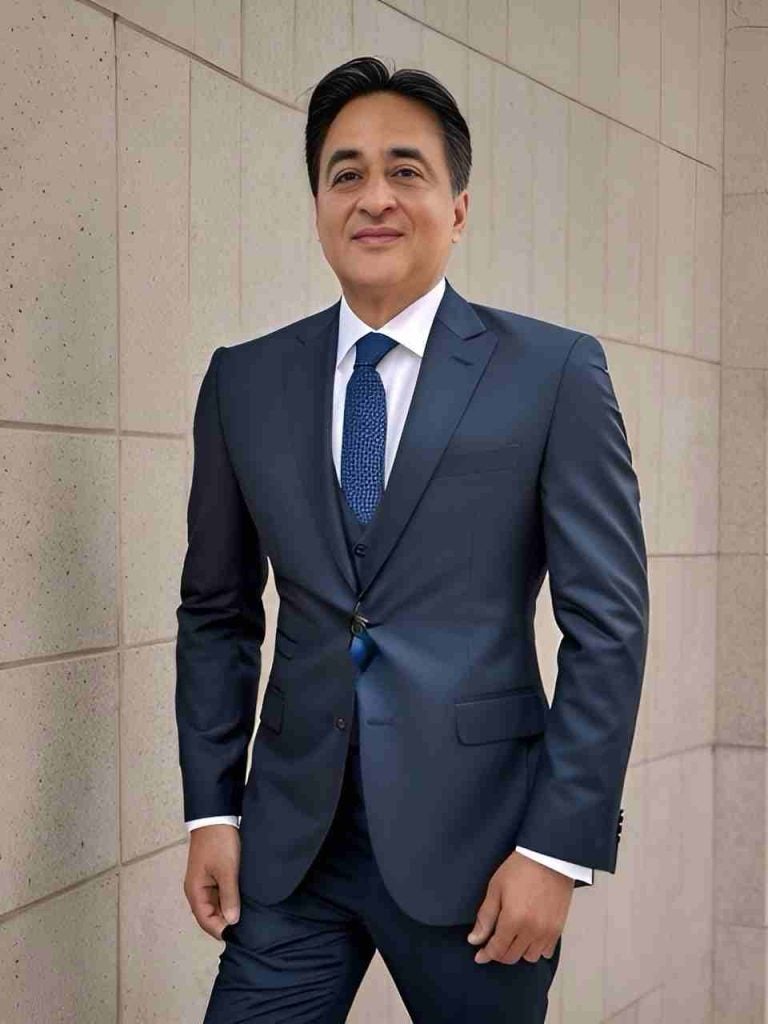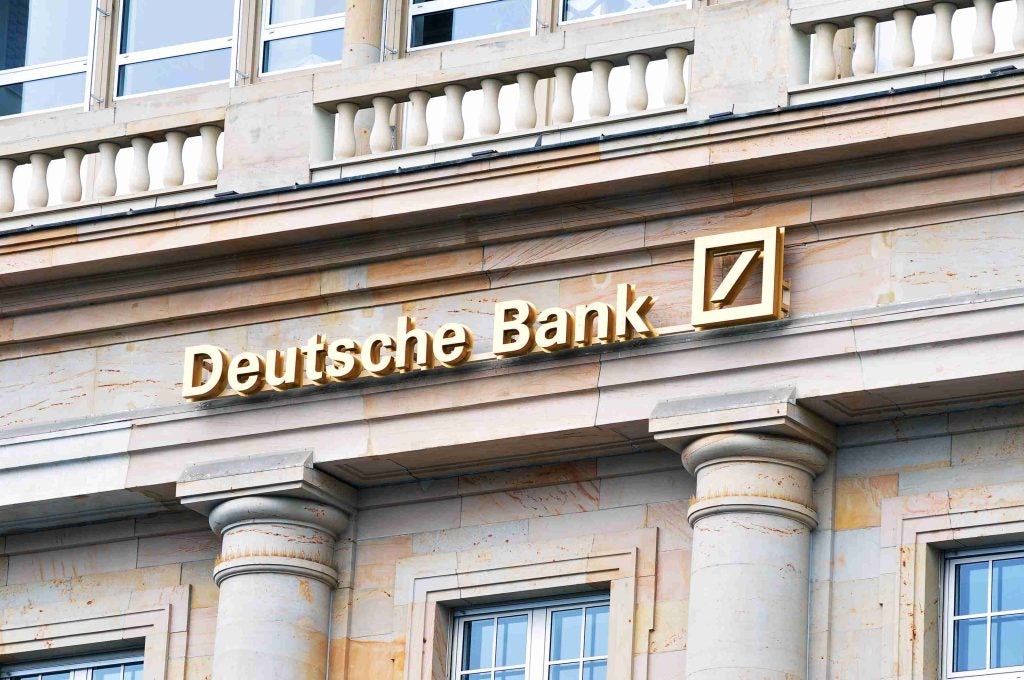In a fragmented media landscape, marketing to wealthy audiences is harder than ever. Head of WealthInsight, Oliver Williams, looks at the different ways private banks can get their name in front of potential clients
Private Banks have always relied on the power of word-of-mouth. A happy client is the best mouthpiece a bank could want as they recommend the good name to their affluent friends. Survey after survey has shown consumers to be more receptive when hearing a personal recommendation than by coming across a brand through other means.
Its inexact and immeasurable nature, however, has always meant word-of-mouth is complemented with more concrete advertising, sponsorship or other marketing means. But as fewer people buy newspapers or magazines, watch TV or acknowledge advertising altogether, getting a bank’s name in front of a wealthy audience has become harder than ever.
These difficulties are compounded by the nature of today’s ultra high net worth individual. More likely to be an active entrepreneur or c-level executive, there is already little room in his or her fast moving, global lifestyle for brand awareness. Technology has meant that UHNWIs, like everyone else, can forego traditional media – newspapers, magazines and TV – where they might normally notice a brand.
The very creators of these technologies are often young UHNWIs themselves, leading a wave of millennial millionaires that disregard traditional advertising altogether, either through ad-blockers or ‘banner blindness’. Lastly, most newly made UHNWIs come from emerging markets seeped in a culture entirely foreign to western institutions which require a very different marketing approach.
How well do you really know your competitors?
Access the most comprehensive Company Profiles on the market, powered by GlobalData. Save hours of research. Gain competitive edge.

Thank you!
Your download email will arrive shortly
Not ready to buy yet? Download a free sample
We are confident about the unique quality of our Company Profiles. However, we want you to make the most beneficial decision for your business, so we offer a free sample that you can download by submitting the below form
By GlobalDataIn order to navigate this fragmented media landscape, we’ve looked at some of the old and new marketing methods with which private banks get their name in front of potential clients.
Print Advertising
With only 20 percent of US and 7 percent of UK adults consuming their news from the printed press, big brands are continually pulling their advertisements from newspapers. Revenues from print advertising are expected to fall by between 15 and 20 per cent this year due to falling readership.
Print advertising is not to be altogether written off, with signs of resurgence in high-end magazine publishing. A demand for printed advertising from the luxury sector has seen the launch of several new publications targeting UHNWIs such as The Times Luxx and Monocle’s Summer Weekly. Surveys conducted by WealthInsight have shown that many UHNWIs still prefer reading print, with most opting for less specialised weeklies such as The Economist or the Spectator both of which have upped their circulation this year. Magazines targeting niche affluent circles, such as women in business or African UHNWIs are particularly sought after by advertisers from both luxury and financial sectors.
Content Marketing
No longer just about writing a blog, content marketing now includes any engaging material published by a brand that people want to read, watch or listen to. Every major private bank has made serious investments into content marketing as a credible alternative to traditional advertising. Goldman Sachs produces short videos which often include interviews with industry experts. UBS has partnered with Vanity Fair and Vice to create Unlimited, an editorial site designed to reach wealthy women and millennials. Coutts’s Insights publishes reports which address major issues for UHNWIs such as its flagship Million Dollar Donor report on annual philanthropy trends.
Unlike straight advertising, research has shown content marketing to boost trust. In the US, for example, millennials (ages 18 to 34) show a net increase of almost 30 percent in both affinity for and trust in a brand after experiencing branded content according to a BCG report. The higher the purchase or investment the more content the average consumer will typically digest.
Social Media
Private banks have been slow to endorse social media. But driven by the need to bank millionaire millennials, many have quickened the pace with full-time social media teams. A survey by GlobalData Financial Services found that 73 percent of wealth managers are now on social media and 78 percent of their clients look at it once a day.
According to the 2016 World Wealth Report by Capgemini, wealth managers of all ages view prospecting through social media as the most important digital capability, with 70 percent of under 40 wealth managers citing it, as well as one third of over 60 managers.
Vincent Lecomte, Co-CEO of BNP Paribas Wealth Management, recently told PBI that social media has been beneficial for BNP Paribas: “We have an increasing amount of new client relationships beginning on the social sphere, and we want to increase this approach.”
However, many banks struggle to measure the return on investment (ROI) of their social media teams, with few, if any, new clients coming straight from a Facebook or Twitter page. With privacy at the forefront of many clients’ priorities, a big social media presence can also be a negative.
Digital Advertising
Digital advertising and social media are now unanimous as Facebook and others hoover up market share from advertising agencies and other digital outlets. Facebook alone made $9.3 billion from advertising this quarter, a 45 percent increase from last year. Total digital advertising spend is expected to double by 2020 from $160 billion this year, with Google and Facebook winning ever more market share.
With UHNWIs living much of their lives online whether working, shopping or socialising, digital advertising is no longer an option. However, an investigation by the Times claimed that advertising from several media and retail companies including Channel 4, the BBC, Argos and L’Oréal also appeared alongside extremist content on Google and YouTube. Such negative exposure can erode trust in the eyes of any consumer, let alone an UHNWI trusting a brand with their fortune.
Digital advertisement space must be carefully chosen and in order to do so it is important to understand an UHNWIs online consumption habits. Most UHNWIs cannot reframe from keeping abreast of the latest news whether financial or otherwise. They will digest media in a way that adheres to their cultural or professional norms. Financiers may pick up the FT or Wall Street Journal and techies may subscribe to Wired, but otherwise media consumption is more likely to align with cultural rather than income trends.
Wealthy clients from the Asia Pacific region rate the on-going digital contact from their banks slightly higher than average, with a grade of 6.6 out of 10 according to research from Scorpio Partnership. However, in Europe there is evidently need for improvement with an on-going digital performance rating of just 5.5 out of 10.
Sponsorships
Private banks regularly sponsor events where they hope to attract UHNWIs. However, with new wealth come new interests that marketers with sponsorship budgets need to keep abreast of. Research by WealthInsight found that the sports favoured by HNWIs rarely take place on the polo pitch or trackside: WealthInsight’s data shows golf and football to be the most popular sports among HNWIs, both ranking at first place on a global level (sailing and polo were in 11th and 20th place respectively). Of course, within this there are regional differences – Swiss HNWIs prefer skiing for example – though throughout the wealth spectrum, from newly minted millionaires to wizened billionaires, the picture is largely the same.
Conclusion
When it comes to marketing to UHNWIs there is sadly no easy solution. UHNWIs are united only by their wealth and not their routines, so any marketer seeking their attention must consider all the above channels. Though more expensive and less precise, there is an advantage to this scattergun approach: Wealthier customers are more influenced by ‘multi-channel’ marketing. In fact, in some cases HNWIs with over $4m are 40 percent more likely to be influenced in this way according to Scorpio Partnership.
As private banking becomes more competitive, the battle for UHNW wallet-share will be played out in the print and digital spaces and sporting arena. But on-boarded the hard part begins: turning a client into a word-of-mouth ambassador.








